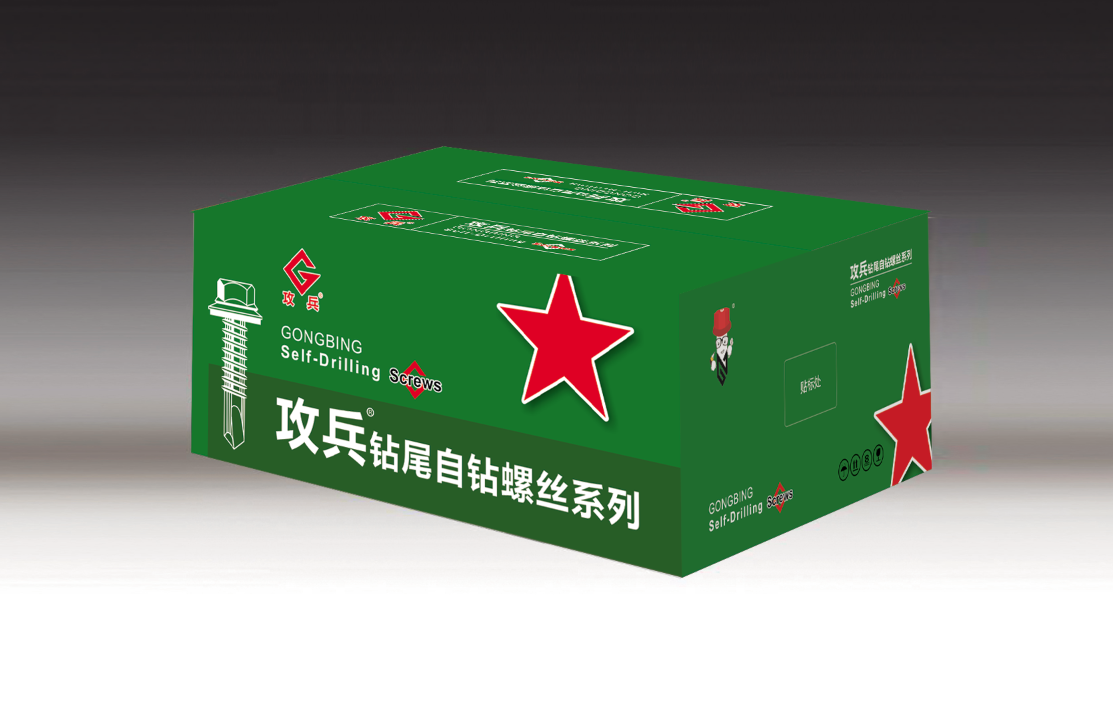Determining Appropriate Wedge Anchor Sizes for Installing Sill Plates in Construction Projects
Understanding Wedge Anchor Size for Sill Plates A Comprehensive Guide
Wedge anchors are essential for securing sill plates to concrete foundations in construction. These anchors provide stability and strength, ensuring that structures withstand environmental forces and remain durable over time. Selecting the appropriate size of wedge anchor is crucial for the safety and integrity of any building project, especially when it involves sill plates, which serve as the critical interfaces between the concrete and the rest of the structure.
What Are Wedge Anchors?
Wedge anchors are a type of mechanical fastener designed to be installed in concrete. They consist of a threaded rod with a wedge-shaped body that expands when tightened, allowing them to grip the sides of the pre-drilled hole in the concrete. When installed correctly, they create a secure connection suitable for various applications, including anchoring sill plates.
Importance of Correct Sizing
The size of a wedge anchor is determined by several factors, including the weight of the structure being anchored, the type of load it will bear (static or dynamic), and the concrete strength. Choosing the right size of wedge anchor is essential for ensuring that the sill plate is safely fastened to the foundation. An anchor that is too small may not hold the necessary weight or withstand environmental conditions, leading to potential structural failures. Conversely, an oversized anchor may require larger holes, compromising the concrete's integrity.
Guidelines for Selecting Wedge Anchor Size
wedge anchor size for sill plate

1. Load Requirements The first step in selecting the correct wedge anchor size is understanding the load requirements of the sill plate. For residential construction, the dead load (permanent loads such as weight from walls and roofs) and live load (temporary loads such as furniture and occupants) are key considerations. Engineers often consult building codes and perform calculations to determine the appropriate sizing.
2. Concrete Thickness and Integrity The thickness of the concrete slab plays a significant role in anchor size selection. It is vital to ensure that the wedge anchor can achieve the required embedment depth to provide adequate strength. Generally, the minimum embedment depth is 1.5 times the diameter of the anchor, but this can vary based on design specifications.
3. Environmental Factors Environmental considerations, such as exposure to moisture or corrosion, also influence anchor choice. In such cases, using galvanized or stainless-steel wedge anchors is advisable to enhance durability. Additionally, if the project is located in an area prone to seismic activity, special anchors designed to resist such forces should be considered.
4. Installation Guidelines Proper installation of wedge anchors is crucial for their performance. The hole must be drilled to the specified diameter and depth, ensuring that it is clean and free from debris. The anchor should then be inserted and tightened according to the manufacturer's specifications to achieve optimal expansion and grip.
Conclusion
Selecting the right wedge anchor size for sill plates is a critical aspect of construction that directly impacts structural safety and durability. By considering the load requirements, concrete integrity, environmental factors, and following proper installation procedures, builders can ensure that their construction projects are secure and built to last. Ultimately, investing time in the selection process pays off by providing a solid foundation and peace of mind for future inhabitants.
-
Weatherproof Plastic Expansion Anchors for OutdoorNkhaniJun.06,2025
-
Sustainability in the Supply Chain: Eco-Friendly TEK Screws ProductionNkhaniJun.06,2025
-
Load-Bearing Capacity of External Insulation FixingsNkhaniJun.06,2025
-
Double Head Bolts: Enhancing Efficiency in Industrial MachineryNkhaniJun.06,2025
-
Corrosion Resistance in Chipboard Screws: Coatings for Wholesale DurabilityNkhaniJun.06,2025
-
Butterfly Toggle Bolts : Enhancing Structural ResilienceNkhaniJun.06,2025
